INDIAN ARMED FORCES CHIEFS ON
OUR RELENTLESS AND FOCUSED PUBLISHING EFFORTS

SP Guide Publications puts forth a well compiled articulation of issues, pursuits and accomplishments of the Indian Army, over the years
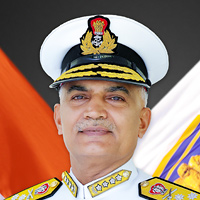
I am confident that SP Guide Publications would continue to inform, inspire and influence.

My compliments to SP Guide Publications for informative and credible reportage on contemporary aerospace issues over the past six decades.
MILAN-2022 and the Indo-Pacific
MILAN is a biennial multilateral exercise that has grown progressively in magnitude and this year will witness more than 40 countries sending their warships/high-level delegations
 |
The Author is Former Director General of Information Systems and A Special Forces Veteran, Indian Army |

The Indian Navy’s MILAN 2022, largest-ever edition of the exercise with participation of some 40 countries including all major navies of the world, kicked off at Vishakhapatnam on February 25. In a statement issued on February 23, the Navy said this year’s theme for the MILAN exercise is ‘Camaraderie–Cohesion–Collaboration’, which “aims to project India as a responsible maritime power to the world at large”.
The statement further said the exercise, which will witness more than 40 countries sending their warships/high-level delegations, aims to “hone operational skills, imbibe best practices and procedures, and enable doctrinal learning in the maritime domain, through professional interaction between friendly navies”. It went on to add that the exercise would be larger in “scope and complexity” with a focus on “exercises at sea including exercises in surface, sub-surface and air domains and weapon firing.”
MILAN 2022 is being conducted in two phases - Harbour Phase (February 22-28) and Sea Phase (March 1-4). Anti-Submarine Warfare exercise will be a major focus for honing joint skills in view of the increased threats from submarines.
MILAN is a biennial multilateral exercise incepted by the Indian Navy in 1995 at the Andaman and Nicobar Command, with the participation of only four countries – Indonesia, Singapore, Sri Lanka and Thailand that year. This exercise has been held biennially except for 2001, 2005, 2016 and 2020. In 2001 and 2016 the exercise was not held because of International Fleet Reviews. MILAN 2005 was shifted to 2006 because of the Tsunami in 2004. MILAN 2020 was cancelled due to the COVID-19 pandemic.
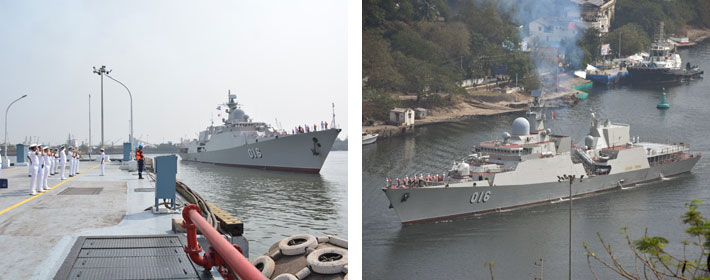
MILAN exercises have grown progressively in magnitude. The 2018 edition saw participation by 17 countries. The scope of exercise also underwent progressive transformation. Interactions between friendly foreign countries earlier were predominantly harbour based, which later expanded to include exercises at sea. MILAN 2022 is being held after a gap of four years. Earlier, MILAN exercises were held at the Andaman and Nicobar Command, but given the large number of participants this time, it was shifted to the Eastern Naval Command, which offers larger sea room. While 13 countries have sent their warships, others are sent their highest-level delegations. Warships of Vietnam, Myanmar, Malaysia, South Korea, Bangladesh, Indonesia US, Japan, Australia, Sri Lanka, Singapore, Seychelles and France are taking part in the multi-nation exercise.

MILAN 2022 is being conducted in two phases - Harbour Phase (February 22-28) allowing participating navies to discuss maritime subjects of common concern and share solutions, with professional competitions and conferences in this phase building the operational tempo for the next, and; Sea Phase (March 1-4) to consolidate upon the lessons learnt during harbour phase by exercises at sea in surface, sub-surface and air domains plus weapon firing.
The sea phase of MILAN 2022 commencing March 1 will include submarine hunting at sea. Aircraft, helicopters, frigates, destroyers and submarines will be involved in these war games in the Bay of Bengal. Anti-Submarine Warfare exercise will be a major focus for honing joint skills in view of the increased threats from submarines.
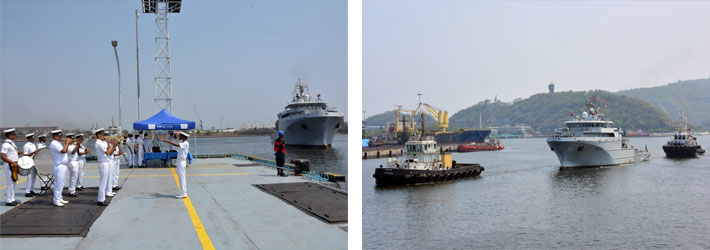
The Indian Navy is also showcasing its technological prowess and indigenisation. On display, will be the Autonomous Underwater Vehicle (AUV) developed by DRDO’s NSTL, torpedoes, mines and other equipment, mostly indigenously developed. The AUV will be used for reconnaissance and collection of data from the seabed. AUVs will also sense, track, identify, target and destroy an enemy vessel. It will condition the monitoring of underwater assets and pave the way for sustainable ocean resource exploration and ocean environment monitoring. According to media, the Navy may also showcase its Deep Submergence Rescue Vessel capabilities meant to rescue submarines in distress. India is one of the few countries in the region that possesses this capability.
MILAN 2022 will hone cooperation among navies of the participating countries, including through capacity building, marine domain awareness, training, hydrography, technical assistance and operational exercises
MILAN 2022 will hone cooperation among navies of the participating countries, including through capacity building, marine domain awareness, training, hydrography, technical assistance and operational exercises. There has been huge increase in the Indian Navy’s engagements in the Indo-Pacific region with several countries keen to exercise with the India Navy. Over the last few years, India has signed a series of logistics support agreements and white shipping agreements with multiple countries as part of efforts to improve the operational turnaround, advance logistics of the Indian Armed Forces in the region, as also improve Maritime Domain Awareness. These agreements have been very helpful in significantly improving the turnaround and consequently combat capability.
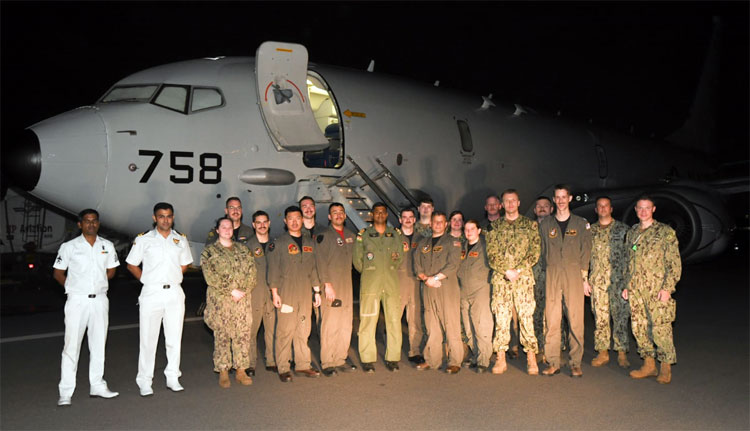
The QUAD nations are getting more focused on the Indo-Pacific and the navies are exercising periodically. The new development in the Indo-Pacific is formation of the AUKUS comprising Australia, the UK and the US. Under the AUKUS pact, Australia will be able to build at least eight nuclear-powered submarines armed with conventional weapons at Adelaide using American or British technology; to enter service commencing late 2030s to replace its squadron of six aging diesel-powered submarines. The estimated minimum cost of these eight nuclear submarines is $70 billion.
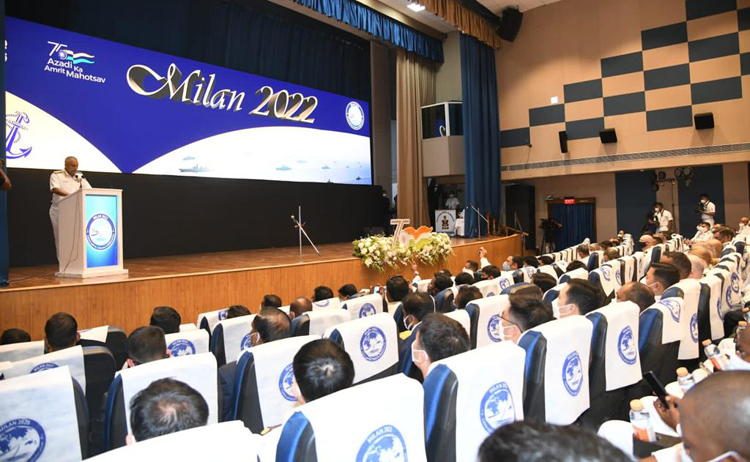
Captain Fanell, former US Navy intelligence officer has recommended that for bridging the capability gap with China, Australia should lease one or two old Los Angeles Class nuclear powered submarines from the US. Alternatively, the US could send them to Australia to operate out of ports, which will allow Australian submarine crews to get training aboard nuclear submarines and expand their knowledge base and experience.

Concurrent to the QUAD Foreign Ministers Meeting at Melbourne on February 11, 2022, the US released its new Indio-Pacific Strategy. It does retain the framework for the Indo-Pacific adopted by the Trump Administration but skirts around the defining challenge of China’s rise; without any concrete proposals and innovative ideas for meeting the China challenge. The Biden strategy says virtually nothing about the military competition with China or the steps necessary to roll back its intimidation of allies and partners.
US released its new Indio-Pacific Strategy. It skirts around the defining challenge of China’s rise without any concrete proposals and innovative ideas for meeting the China challenge.

In contrast, the strategies released by the US Defence Department and the US State Department in June 2019 and November 2019 respectively were more substantive and frank about China’s rise, addressing the need to confront Beijing with a range of concrete proposals The Joe Biden strategy saying “our objective is not to change the PRC but to shape the strategic environment in which it operates, building a balance of influence in the world that is maximally favorable to the US, our allies and partners, and the interests and values we share” is quite ‘conciliatory’. It also does not seriously interrogate the assumptions or sustainability of the broader US strategic goals.

MILAN 2022 is running concurrent to the Russian invasion in Ukraine. The US pushed Russia in doing so, going back on its promise made in 1991 to the Soviet Union that NATO will not deploy east of Germany, ignored advice of American strategists not to expand NATO after the Cold War ended and not to pit Ukraine against Russia, and ignoring Russia’s security concerns. Significantly, the US-NATO response to the Ukraine Conflict through largely sanctions against Russia-Belarus and arms support only to Ukraine after the embarrassing retreat from Afghanistan has undermined America’s credibility. The Biden administration’s Indo-Pacific Strategy needs to be viewed in this context.





